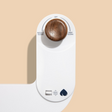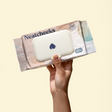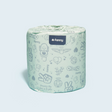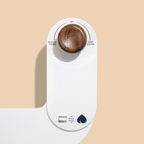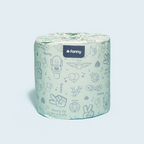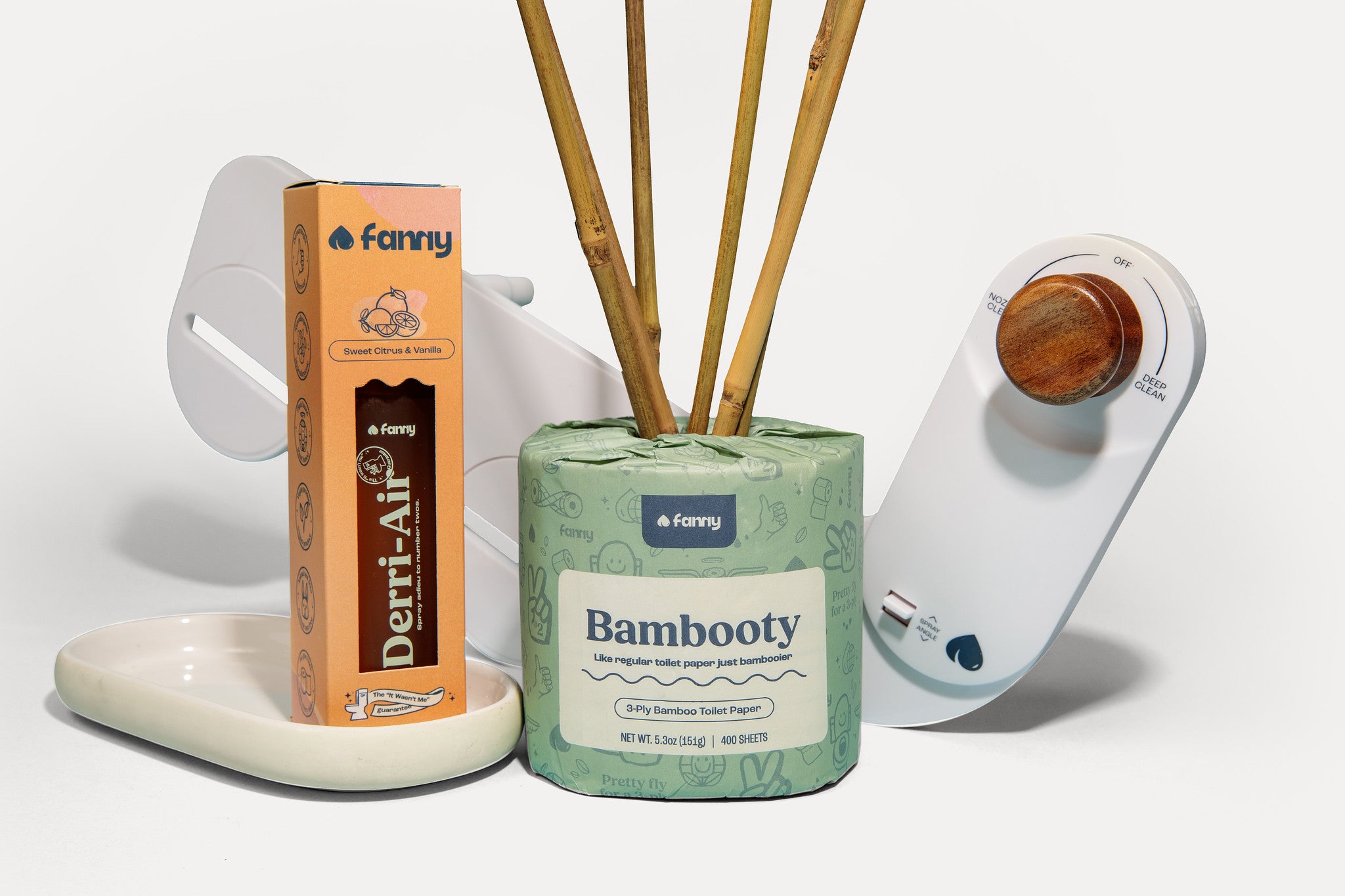Bidets: Independence and Comfort for the Elderly and Disabled
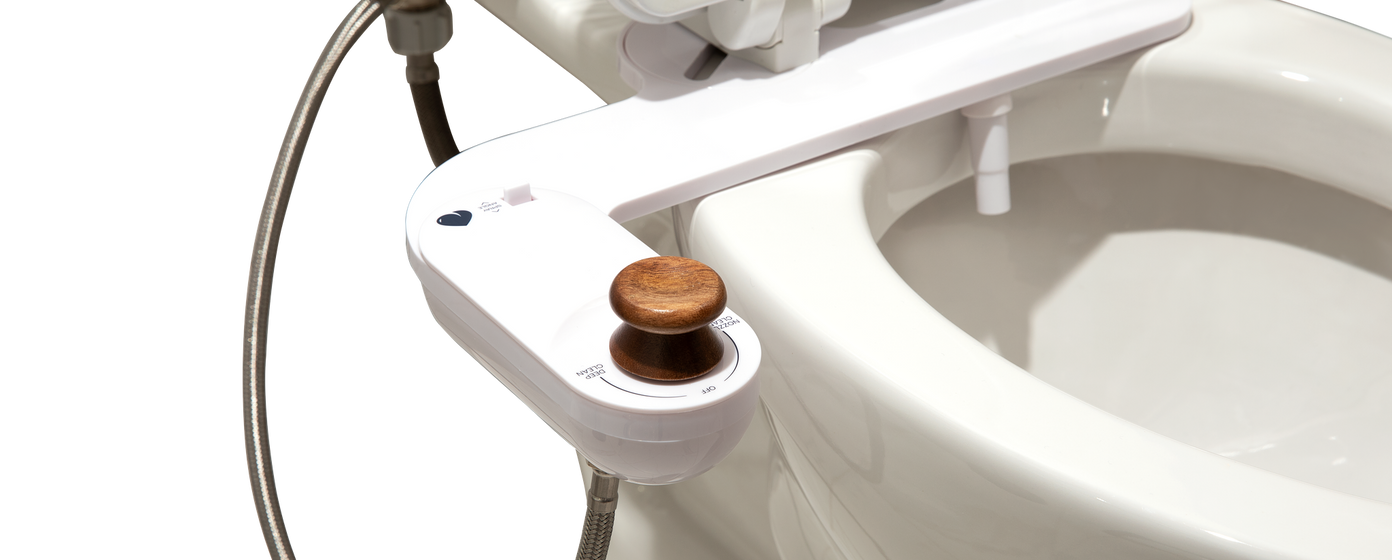
When it comes to daily routines, few tasks are as personal and essential as using the bathroom. For many people, this routine is straightforward and rarely given a second thought. However, for individuals with disabilities or mobility issues, maintaining hygiene can present significant challenges. Beyond its eco-friendly and hygienic reputation, the bidet is proving to be a game-changer in promoting independence, dignity, and comfort for these individuals. Let’s dive into how this innovative bathroom fixture is making waves in accessibility and inclusion.
The Accessibility Struggle in Bathrooms
For people living with physical disabilities or limited mobility, tasks that most take for granted can become Herculean challenges. Using traditional toilet paper often requires manual dexterity, balance, and strength, qualities that may be impaired by conditions such as arthritis, spinal cord injuries, multiple sclerosis, or muscular dystrophy, and even a C-Section. In these scenarios, maintaining personal hygiene without assistance can be daunting, leading to feelings of dependency and, sometimes, a loss of dignity.
Statistics from the Centers for Disease Control(CDC) reveal that 1 in 4 adults in the United States lives with some type of disability, and many of these individuals face barriers in accessing basic hygiene facilities. These barriers don’t just affect physical health; they can also take a toll on mental well-being and self-esteem. The introduction of bidets such as a Fanny bidet as an accessible solution is not just about convenience, it’s about empowering individuals to reclaim autonomy in their daily lives.
Bidets: A Revolutionary Hygiene Solution
The bidet, originally popularized in Europe and Asia, is a device designed to clean the perineal area using a stream of water. Modern bidets come in various forms, from standalone fixtures to attachments and integrated toilet systems. For individuals with disabilities, bidets offer several advantages over traditional methods of cleaning:
- Ease of Use: With the push of a button or the turn of a knob, bidets can deliver a gentle, effective cleaning experience without requiring complex manual effort.
- Hygiene Benefits: Bidets provide a thorough clean that reduces the risk of infections such as urinary tract infections (UTIs) and skin irritations, which are common among individuals with limited mobility.
- Eco-Friendliness: While this may not directly impact accessibility, the reduction in toilet paper usage aligns with global sustainability goals. It’s a win-win!
- Customization: Many bidets, such as a Fanny bidet, come with adjustable settings for water pressure, temperature, and spray angle, making them adaptable to diverse needs.
Independence Redefined
One of the most significant benefits of bidets for people with disabilities is the independence they offer. Let’s explore how:
1. Physical Independence
For someone with limited hand function or mobility issues, managing toilet paper can be physically exhausting or even impossible. Bidets eliminate the need for manual cleaning, allowing users to maintain hygiene without assistance. This independence reduces reliance on caregivers and fosters a sense of privacy and self-sufficiency.
2. Psychological Benefits
Dependency on others for personal hygiene can be deeply uncomfortable, even humiliating for some individuals. Bidets restore dignity by enabling users to care for themselves. Studies show that increased independence in daily activities can significantly boost mental health and overall quality of life.
3. Time-Saving Convenience
For caregivers, bidets, such as a Fanny bidet, can lighten the workload by reducing the level of assistance required for bathroom routines. This time-saving convenience allows caregivers to focus on other aspects of care, while the individual enjoys greater autonomy.
Features That Make Bidets Disability-Friendly
Not all bidets are created equal, but many modern designs prioritize accessibility. Here are some features that make them particularly useful for individuals with disabilities:
- Remote Controls: Wireless remotes or wall-mounted panels allow users to control the bidet’s functions without needing to reach or bend.
- Heated Seats and Water: These features add comfort, especially for individuals with conditions that make them sensitive to cold temperatures.
- Air Dryers: Integrated air dryers eliminate the need for toilet paper entirely, offering a hands-free experience.
- Adjustable Nozzles: Customizable spray angles ensure effective cleaning for individuals with limited movement.
- Automatic Functions: Some advanced models even include motion sensors for lid opening and flushing, making the process completely hands-free.
Real-Life Stories of Empowerment
Let’s hear from individuals who have experienced firsthand how bidets have transformed their lives:
Lisa’s Story
Lisa, a 35-year-old woman living with multiple sclerosis, struggled with bathroom hygiene due to her limited hand mobility. After installing a bidet with a remote control and air-dry function, Lisa regained her independence. “It’s life-changing,” she says. “I feel like I have control over my body again.”
David’s Experience
David, a paraplegic, faced frequent UTIs due to inadequate cleaning. His caregiver suggested a bidet with adjustable water pressure. “Since switching to a bidet, I haven’t had a single infection,” he shares. “It’s been a relief both physically and mentally.”
Maria’s Journey
Maria, a senior with arthritis, found traditional toilet paper painful to use. A bidet with a adjustable water pressure and spray angle made her bathroom experience comfortable and effortless. “I feel pampered every time I use it,” she jokes.
Emma's Post Partum Recovery Ordeal
Emma had to deliver her baby via a C-Section and her ability to turn her body was limited due to the stitches. Having a bidet made life much easier and allowed her to let her would rest and recover. "It felt like a relief not having to twist and turn my body to wipe with toilet paper."
Breaking Barriers with Bidet Advocacy
Despite their numerous benefits, bidets are still underutilized in many parts of the world, particularly in the United States, where it is estimated that only about 1% of the population have a bidet in their homes. Advocacy for accessible bathroom technology can help raise awareness and make these life-changing devices more widely available. Efforts could include:
- Public Awareness Campaigns: Educating the public about the benefits of bidets for disabled individuals.
- Incentives and Subsidies: Governments and organizations could offer financial assistance to make bidets more affordable for people with disabilities.
- Inclusive Design Standards: Encouraging manufacturers to prioritize accessibility features in their products.
The Final Takeaway
Bidets are more than just a fancy bathroom accessory; they are a vital tool for empowering individuals with disabilities. By providing independence, enhancing comfort, and promoting hygiene, bidets, such as a Fanny bidet, address both physical and psychological challenges associated with limited mobility. As we continue to push for more inclusive and accessible designs, the bidet stands out as a shining example of how simple innovations can transform lives.
Whether you’re an advocate, a caregiver, or someone considering a bidet for personal use, remember this: sometimes, it’s the small changes that make the biggest impact. And for many, that impact starts with the turn of a knob and a gentle stream of water.
